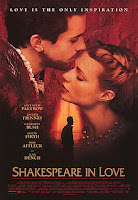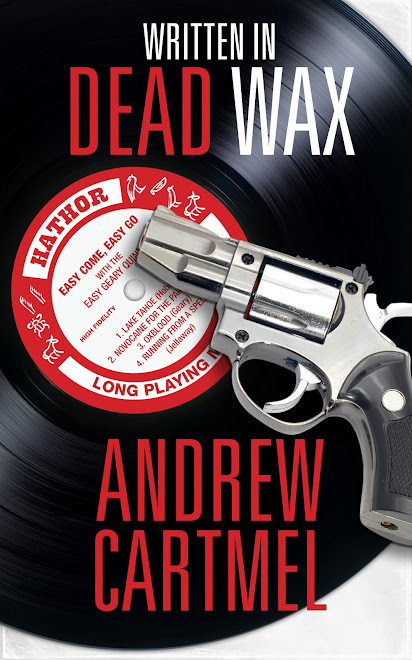 I went on a post Christmas cinema binge and saw three films.
I went on a post Christmas cinema binge and saw three films.
The Hobbit (High Frame Rate version, simultaneously magnificent
and laughable), The Life of Pi (anything with wildlife in it, especially big
cats, get my vote every time), and Jack Reacher.
Now, I was aware of Reacher as a character in a series of books by
Lee Child (great name, and actually the pen name for British thriller writer
Jim Grant).
The Jack Reacher (another unusual name) novels are intriguing in
that some are told in the first person and some in the third person.
They came to my attention — they could hardly have failed to come
to my attention — when Child got a ten million dollar advance (you had me at
ten) for the latest tranche of the series.
 I asked my friend Ben Aaronovitch about this. Whether the books by this guy
could possibly be worth such a sum.
I asked my friend Ben Aaronovitch about this. Whether the books by this guy
could possibly be worth such a sum.
Before becoming himself a bestselling writer, Ben had worked in a
book shop. He said that, judging by the way the Lee Child books flew off the
shelves, the publishers had got a good deal.
There are currently 18 Jack Reacher novels. The book the Tom
Cruise film is based on is One Shot, the ninth in the series. Interesting that
this was chosen to launch the film franchise.
 I had worried that Jack Reacher wasn’t the best title for a movie (like the recent, lukewarm Alex Cross). But it's growing on me.
I had worried that Jack Reacher wasn’t the best title for a movie (like the recent, lukewarm Alex Cross). But it's growing on me.
In any case, the film is a cracking thriller which I enjoyed
immensely. It pushed all the right buttons, had a superb cast, excellent music
(by Joe Kraemer, a new name to me), with photography by the celebrated Caleb
Deschanel.
The film was written for the screen and directed by Christopher
McQuarrie.
 McQuarrie worked on the classic Steve Bochco-David Milch cop show
NYPD Blue and jumped to fame with his first produced film script The Usual
Suspects, for which he won a slew of awards, including the Oscar. Since then
I’ve particularly enjoyed his script for the under-rated Valkyrie.
McQuarrie worked on the classic Steve Bochco-David Milch cop show
NYPD Blue and jumped to fame with his first produced film script The Usual
Suspects, for which he won a slew of awards, including the Oscar. Since then
I’ve particularly enjoyed his script for the under-rated Valkyrie.
And now he has hit the jackpot with Jack Reacher where his work is
outstanding, both as a writer and director.
Like last year’s excellent Liam Neeson vehicle Unknown, McQuarrie’s Jack
Reacher proved to be a superior, involving and gripping thriller which was
intelligent and kept me guessing.
I’ll report back about Jack Reacher in prose.
Of those three films I saw in my post Yuletide binge, The Hobbit,
Life of Pi and Jack Reacher, I was startled to discover that I liked Jack
Reacher best — and by quite a long way.
(Images: Mostly pretty obvious sources this time. The Jack Reacher US film poster is from IMDB. The photo of Lee Child/Jim Grant at Boucher Con is from Wikipedia. The best cover image of the novel One Shot is the original US hardcover edition, a lovely piece of design. The picture is from a bookstore called Powell's. The image of The Usual Suspect’s iconic and much imitated poster
is from Johnny Chadda's site. Valkyrie is again from Wikipedia.)










































